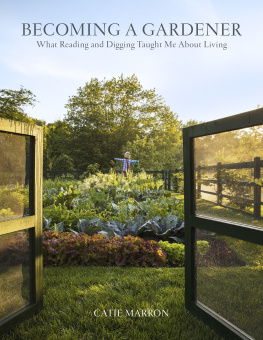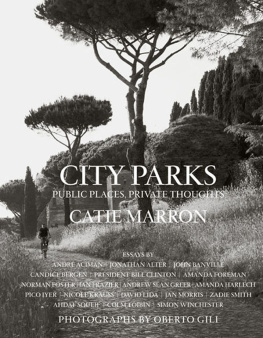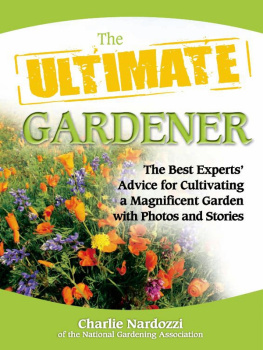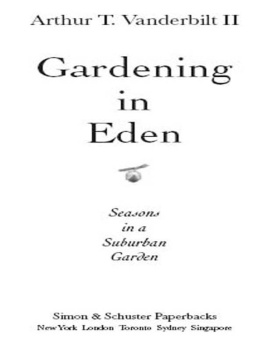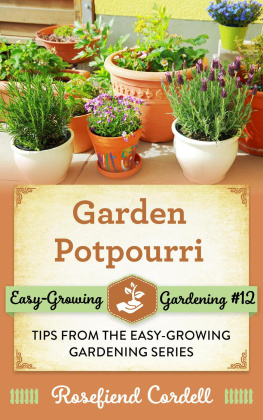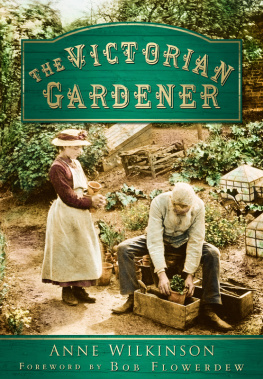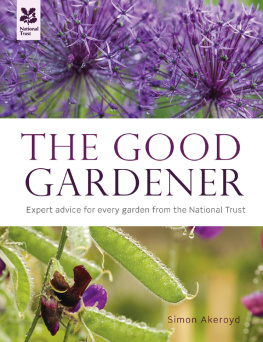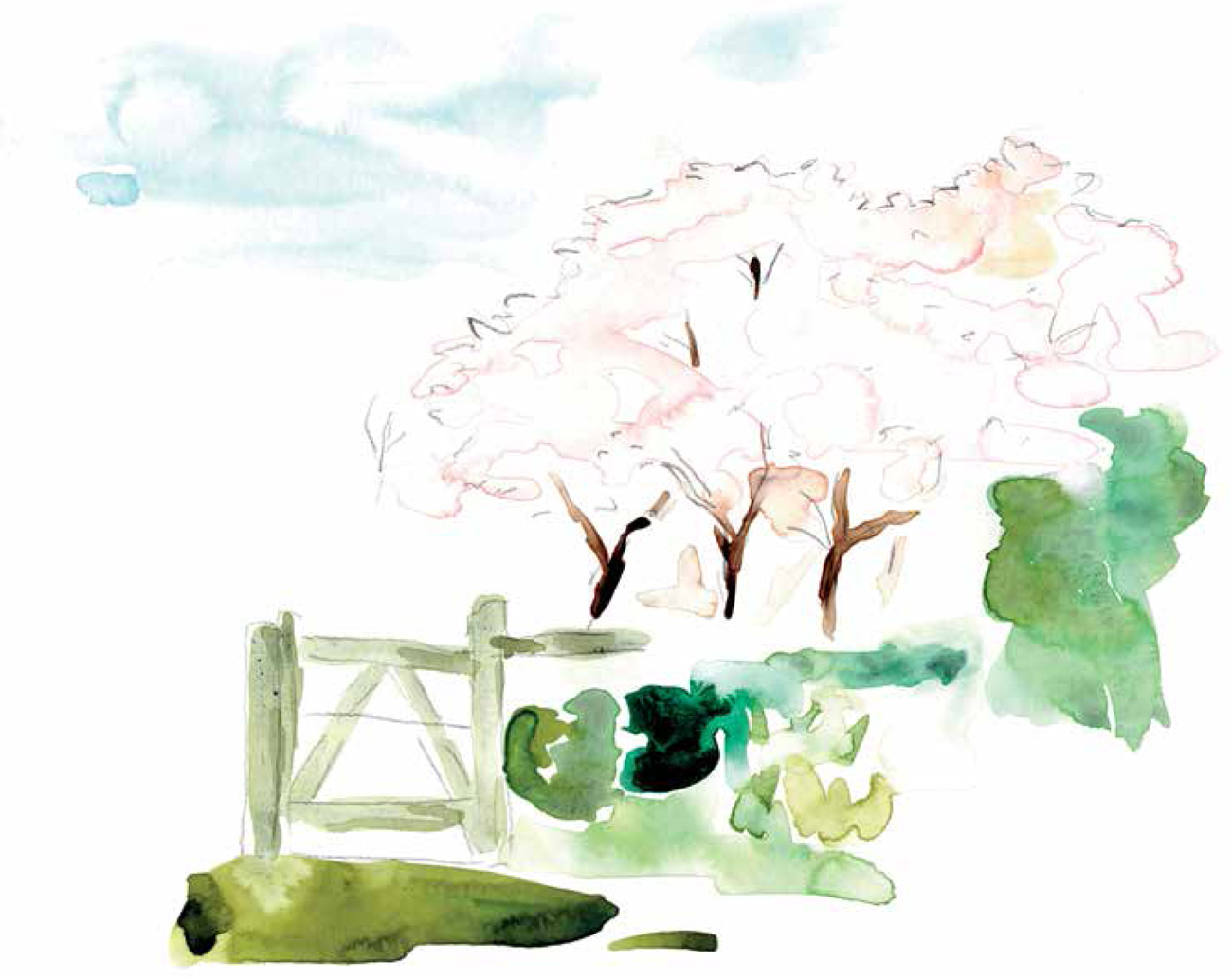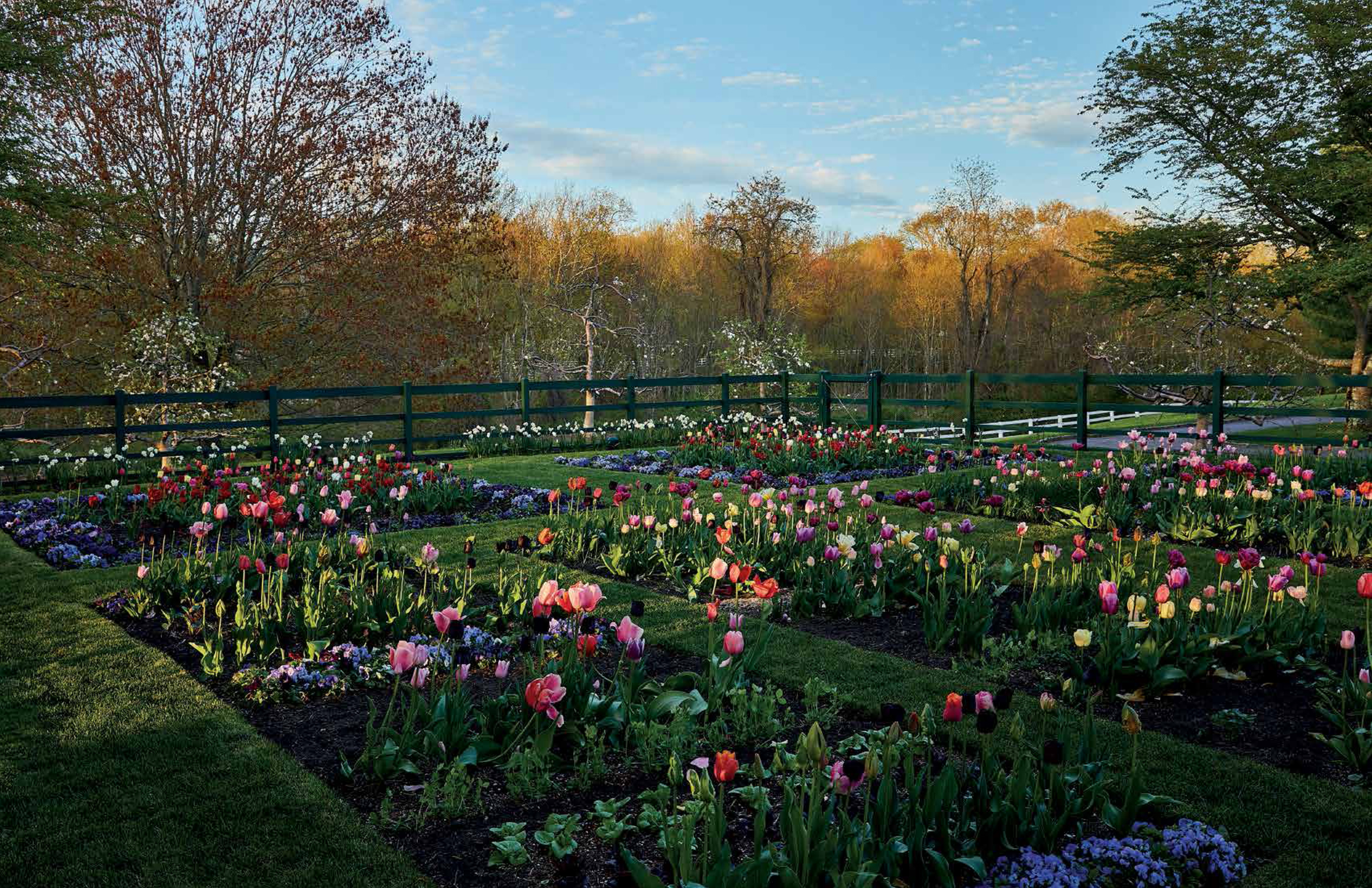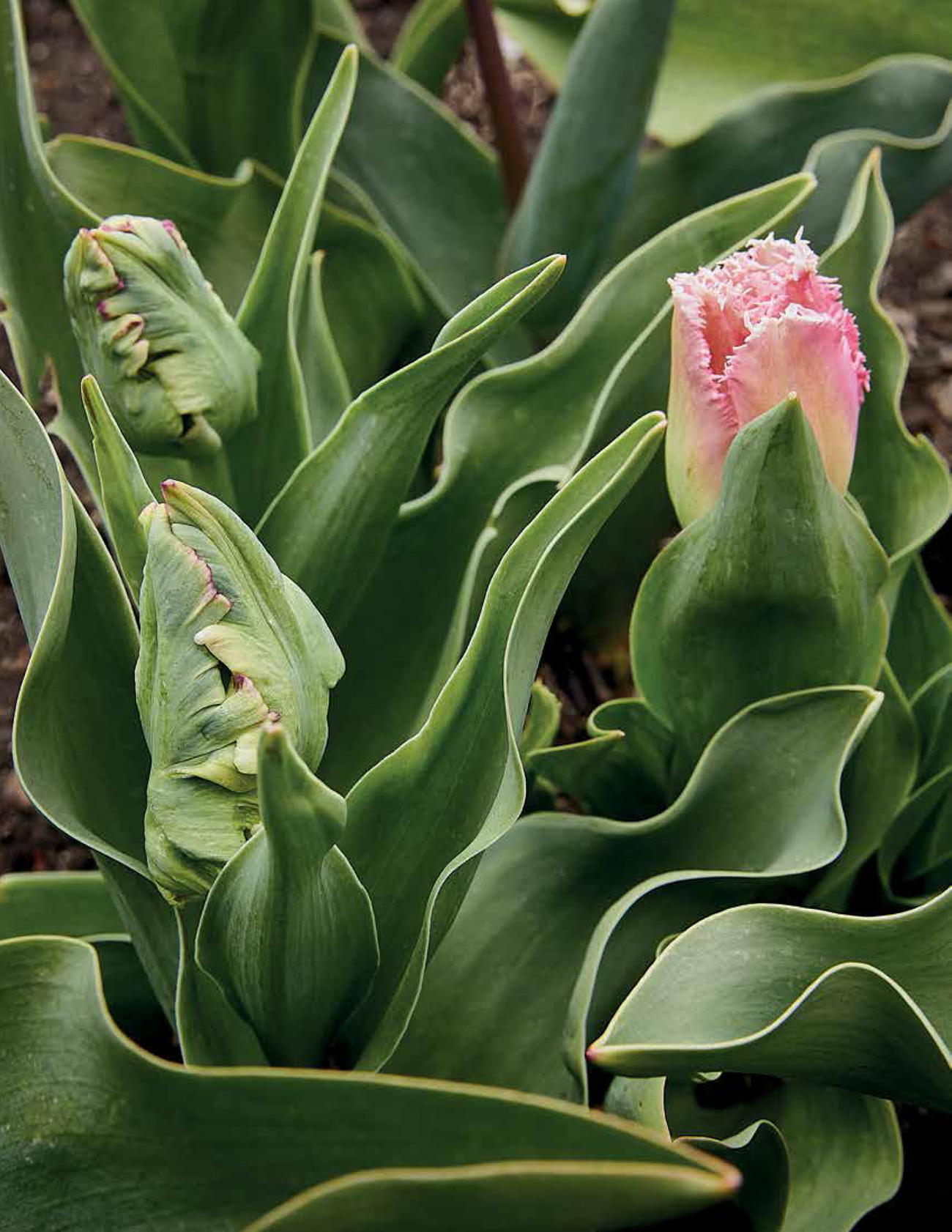Catie Marron - Becoming a Gardener: What Reading and Digging Taught Me About Living
Here you can read online Catie Marron - Becoming a Gardener: What Reading and Digging Taught Me About Living full text of the book (entire story) in english for free. Download pdf and epub, get meaning, cover and reviews about this ebook. year: 2021, publisher: Harper Design, genre: Non-fiction. Description of the work, (preface) as well as reviews are available. Best literature library LitArk.com created for fans of good reading and offers a wide selection of genres:
Romance novel
Science fiction
Adventure
Detective
Science
History
Home and family
Prose
Art
Politics
Computer
Non-fiction
Religion
Business
Children
Humor
Choose a favorite category and find really read worthwhile books. Enjoy immersion in the world of imagination, feel the emotions of the characters or learn something new for yourself, make an fascinating discovery.
- Book:Becoming a Gardener: What Reading and Digging Taught Me About Living
- Author:
- Publisher:Harper Design
- Genre:
- Year:2021
- Rating:4 / 5
- Favourites:Add to favourites
- Your mark:
Becoming a Gardener: What Reading and Digging Taught Me About Living: summary, description and annotation
We offer to read an annotation, description, summary or preface (depends on what the author of the book "Becoming a Gardener: What Reading and Digging Taught Me About Living" wrote himself). If you haven't found the necessary information about the book — write in the comments, we will try to find it.
A beautifully designed, full-color personal account of what it means to become a gardener, filled with specially commissioned color photography, watercolors, and fine art.
To make her new house in Connecticut truly feel like home, Catie Marron decided to create a garden. But while she was familiar with landscape design, she had never grown anything. A dedicated reader with a lifelong passion for literature, Marron turned to the library of gardening books shed collected to glean advice from a variety of writers on gardening and horticultural topics both grand and small.
Marrons quest to become a gardener, however, was about more than learning the basics about mulch or which plants work best in the shade. She sought something far more elusive: to identify the core qualities and characteristics that make a person a gardener and an understanding of what a garden could mean to her as it had to multitudes of other gardeners over the centuries.
In Becoming a Gardener, Catie Marron chronicles her transformation into a gardener over the course of eighteen months, seeding the details of her experience with rich advice from writers as diverse as Eleanor Pernyi and Karel Capek, Penelope Lively, and Jamaica Kincaid. As she digs deeper into her readings and works in the garden itself, Marron not only discovers the essence of gardening but in the words of Michael Pollan, the endlessly engrossing ways that cultivating a garden attaches a body to the earth.
A delightful blend of informed opinion, personal reflection, and practical advice, Becoming a Gardener explores topics as varied as the composition of dirt, the agricultural wisdom of avid kitchen gardeners George Washington and Thomas Jefferson, the healing power of digging in the soil, and the beauty of finding solitude in nature. Throughout, Marron carefully plants special illustrated features, such as musings on the merits (and detriments) of the rose, essential tools, moonlight gardening, childrens books which feature gardens, and her favorite gardens around the world. Also included is an annotated list of recommended writers, books, and films related to gardens and gardening, and a monthly to-do calendar.
Featuring specially commissioned illustrations by the Danish team All the Way to Paris, and stunning photographs by acclaimed photographer William Abranowicz that capture the pastoral beauty of Marrons Connecticut garden, Becoming a Gardener is a very special and moving portrait of life and the enduring power of literature and nature that is sure to become an instant classic.
Catie Marron: author's other books
Who wrote Becoming a Gardener: What Reading and Digging Taught Me About Living? Find out the surname, the name of the author of the book and a list of all author's works by series.

